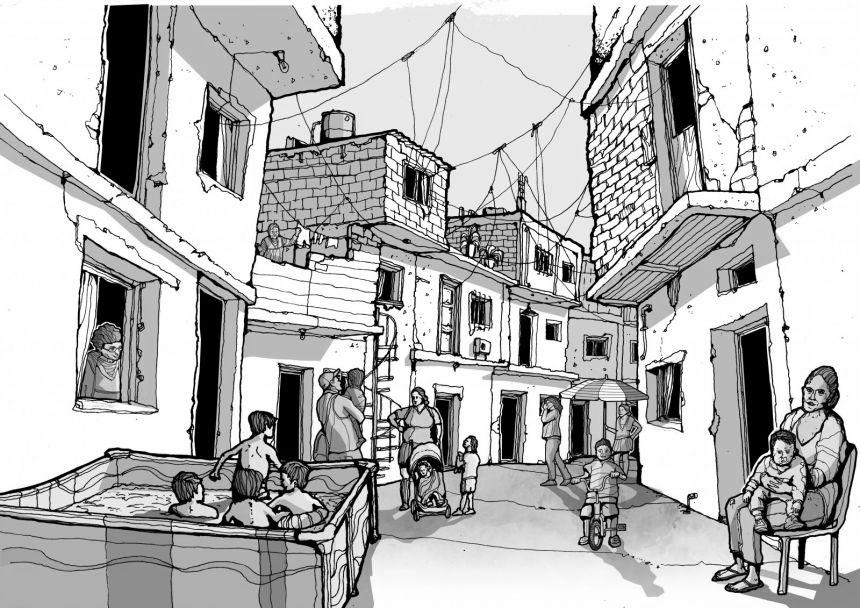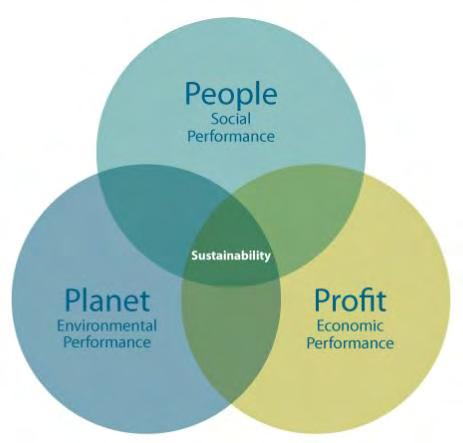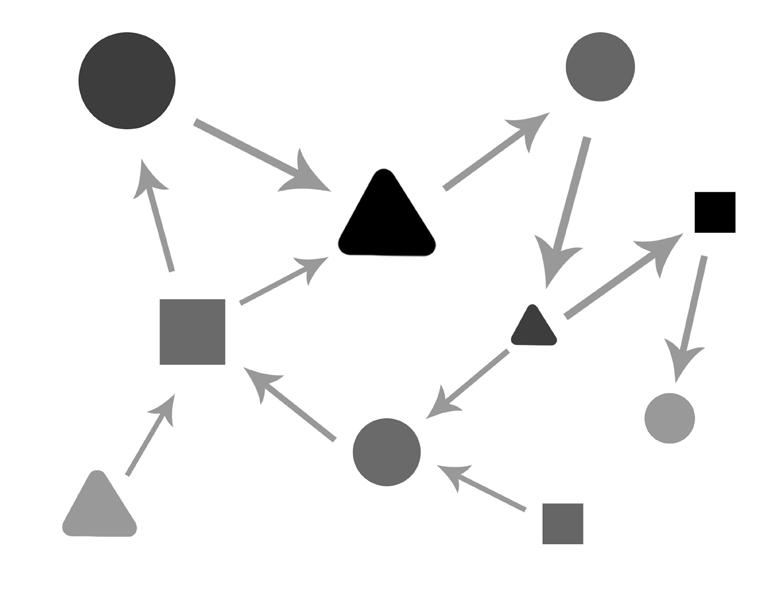
4 minute read
Emerging Through a Way of Life
EMERGING
THROUGH
Advertisement
A WAY
OF LIFE
by Vasanth MAYILVAHANAN
When we navigate through any of the current paradigm shifts like the Green New Deal or the New Urban Agenda, one clear thing is the interest in orienting ourselves towards a people-centric design. Yes, you heard it right! Does that mean, we have been dealing with design so far as something that isn’t people-centric? Maybe we did put people in front, but at some point, we decided to lose the importance given to the environment in which these people exist. So, while we talk about the paradigm shift the world is going through, in most cases, we fail to address that it is not just the environment or a set of buildings that has to change but also the way of life. The way of life is a reflection of the environment and vice versa. While we live in the homogeneous bubble (or the way of life) created by us, addressing change in the form of policies or agendas, it might change the environment this bubble is present in, but not the bubble itself. If we could trace a little into our history, be it from any part of the world, culture could always be attributed as a pluralistic system of mutual trust (Harari, 2015). There is a need to understand culture because it can be defined as a set of practices or a way of life that people of a certain region are accustomed to. It is a form of overlap between the way of living and the systems that embodied them. The critical aspect is not just about the interconnections between the systems, but also its overlap with the way of life. This forms an integral part when dealing with large-scale issues like climate change. To understand living pattern is to acknowledge that living pattern doesn’t function in isolation but is deeply influenced by the environment. And cultural knowledge stems from traditional ecological awareness and a set of multigenerational practices that are rooted in its environment (Watson & Davis, 2019). Moreover, living patterns are dynamic, and it is necessary to understand that nothing is constant. These are also the primary factors that are necessary to create a holistic and circular society. And a holistic society is not about a start or an end but a continuous, functional, and dynamic process. So defining
target goals in the frontier of climate change and sustainable development shouldn’t be viewed as a destination but as a set of principles that would continuously evolve as policies created in the present is what impacts the future. When analyzing the way of life, if we fast forward to the present, we are more concerned about viewing the natural and built environment in isolation to our way of living. Intersection not just between the various systems, but the intersection of these with our living patterns is lost. In other words, our understanding of the natural environment is turning out to be linear by the passing day. Through the lens of sustainability, this also means that there is a lack of systems thinking. The reason systems thinking is essential, especially with designers, is because we are a smaller part of a larger system (McCombs, 2015). This introduces us to the concept of urbanism as not just the built form but also about the life between them (Gehl, 1987). To not consider spaces as stand-alone factors but the spaces we design within the environment as something that enables the person to perform an activity that defines his or her life. So making a set of drawings that is disconnected from the way of life rooted in a set of sustainable principles does not aid the process of achieving a paradigm shift. Maybe we start to idealize cities, spaces, and our natural environment in a more circular, holistic, and just way? This is further pioneered by the concept of Triple Bottom Line that involves social, economic, and environmental capital (McCombs, 2015). The fact that the spaces we design are a part of a larger capital that deals with the people, profitability, and the planet through a set of integrated processes are of crucial importance. This integrated process is where we overlap the expertise of design professionals with the policies and agendas drafted to create a paradigm shift in the form of sustainable development. As most of these factors exist in isolation, it is essential to acknowledge them while we navigate through the process of creating a change.

Figure 2: Triple Bottom Line. Source: The Corporate Sustainability Solution: Triple Bottom Line

In conclusion, when we talk about Emergence, it is crucial to stop and trace back to understand the fact that the issue is not just about higher bodies of governance and policies but something more fundamental. It is time we ask ourselves the question if tracing back is the only way to move forward? Is creating a culture a form of Emergence? Are we emerging as long as we are selling mass-produced goods in a green-certified building? Or maybe Emergence is not about moving forward, but about stopping to look back and understand the mistakes and opportunities for a progressive future.





